John Vanderbank (1694-1739)
Get a John Vanderbank (1694-1739) Certificate of Authenticity for your painting (COA) for your John Vanderbank (1694-1739) drawing.
For all your John Vanderbank (1694-1739) artworks you need a Certificate of Authenticity (COA) in order to sell, to insure or to donate for a tax deduction.
Getting a John Vanderbank (1694-1739) Certificate of Authenticity (COA) is easy. Just send us photos and dimensions and tell us what you know about the origin or history of your John Vanderbank (1694-1739) painting or drawing.
If you want to sell your John Vanderbank (1694-1739) painting or drawing use our selling services. We offer John Vanderbank (1694-1739) selling help, selling advice, private treaty sales and full brokerage.
We have been authenticating John Vanderbank (1694-1739) and issuing certificates of authenticity since 2002. We are recognized John Vanderbank (1694-1739) experts and John Vanderbank (1694-1739) certified appraisers. We issue COAs and appraisals for all John Vanderbank (1694-1739) artworks.
Our John Vanderbank (1694-1739) paintings and drawings authentications are accepted and respected worldwide.
Each COA is backed by in-depth research and analysis authentication reports.
The John Vanderbank (1694-1739) certificates of authenticity we issue are based on solid, reliable and fully referenced art investigations, authentication research, analytical work and forensic studies.
We are available to examine your John Vanderbank (1694-1739) painting or drawing anywhere in the world.
You will generally receive your certificates of authenticity and authentication report within two weeks. Some complicated cases with difficult to research John Vanderbank (1694-1739) paintings or drawings take longer.
Our clients include John Vanderbank (1694-1739) collectors, investors, tax authorities, insurance adjusters, appraisers, valuers, auctioneers, Federal agencies and many law firms.
We perform John Vanderbank art authentication, appraisal, certificates of authenticity (COA),analysis, research, scientific tests, full art authentications. We will help you sell your John Vanderbank or we will sell it for you.
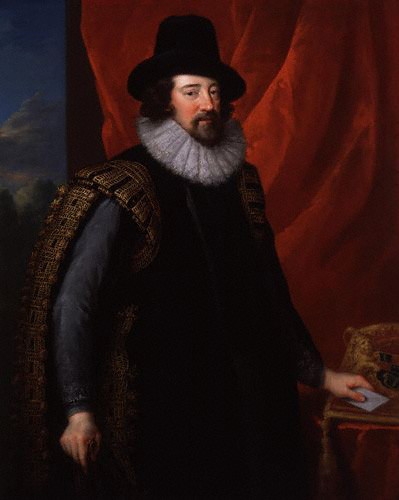
Oil on canvas 127.6 x 102.6 cm
National Portrait Gallery, London
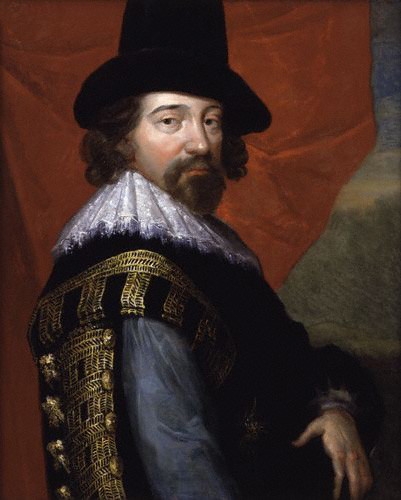
Oil on canvas 76.5 x 63.2 cm
National Portrait Gallery, London
John Vanderbank was a well-known English portrait painter who worked under King George I. Vanderbank was born in London to John Vanderbank Sr, a French-born tapestry weaver. Vanderbank received his first artistic instruction from his father, who helped build his drawing and painting foundation. Through his father, Vanderbank was also introduced to the portrait painter, Jonathan Richardson.

Oil on Canvas 125.7 x 100.3 cm
National Portrait Gallery, London
Vanderbank received a formal education at James Thornhill’s art academy in London. Vanderbank was one of the first students to study at the academy. The young artist studied from 1711 to 1720, working alongside Sir Godfrey Kneller. During his nine years of schooling, Vanderbank gained the skills and mastery to found his own academy. Vanderbank joined forces with Louis Cheron to form St. Martin’s Lane. Vanderbank’s academy emphasized life drawing and helped to reform art education in England.
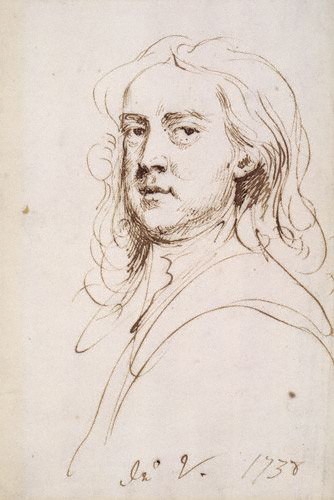
Pen and Ink 324 mm x 191 mm
National Portrait Gallery, London
Vanderbank’ father, Jan Vanderbank was the legal advisor to Anna of Saxony, who was married to William I of Orange. Jan Vanderbank was imprisoned for having an affair with Anna of Saxony but was eventually released and gave birth to Peter Paul Vanderbank with Maria Pypelincks. The family moved to Cologne, where Vanderbank spent much of his early childhood. In 1589, two years after Jan Ruben’s death, Vanderbank and his mother moved to Antwerp.

Pencil and Watercolor on Paper 257 x 174 mm
Tate Gallery
During the first decade of the 1700s, Vanderbank’s reputation flourished. He was recognized as one of the greatest portrait artists in London and received numerous commissions. His sitters included Queen Caroline and Isaac Newton.
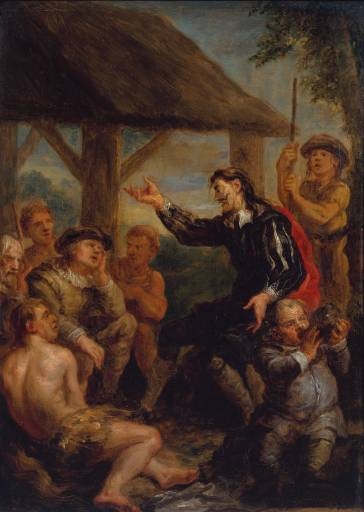
Oil on Oak panel 406 x 295 mm
Tate Gallery
Unfortunately, Vanderbank’s academy only lasted a few years before closing its doors in 1729. Vanderbank simultaneously found himself to be in great financial trouble, and in order to escape his growing debt and creditors, Vanderbilt escaped to France.
When Vanderbilt returned to London he was imprisoned on the grounds of financial issues and forced to enter “liberties of the Fleet”, which housed more priveledged prisoners.
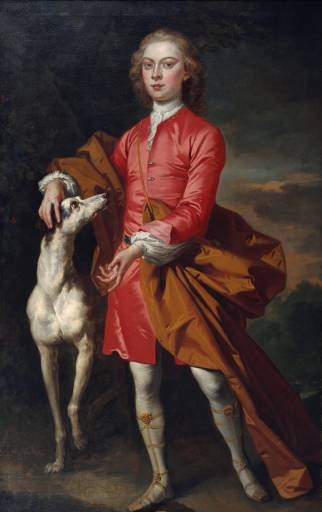
Oil on Canvas 167.9 x 106.8 cm
Tate Gallery
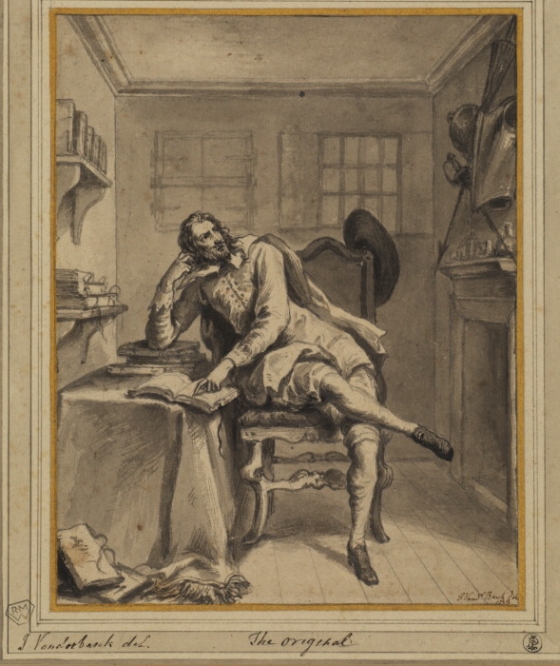
Watercolor on paper 24.3 x 18.9 cm
Courtauld Gallery
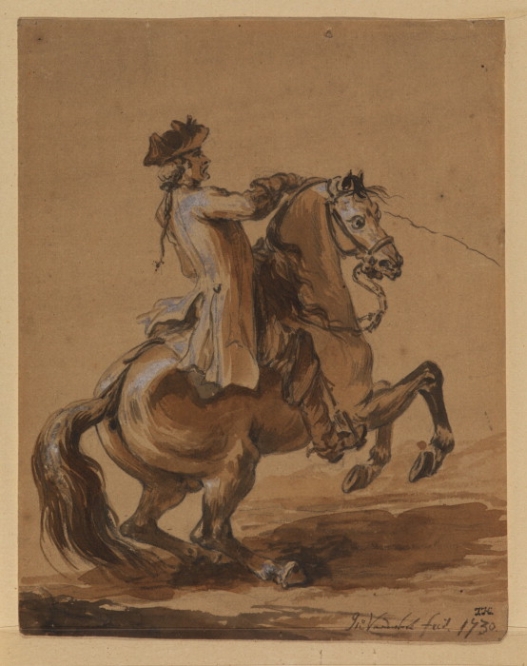
Watercolor on paper 20 x 15.9 cm
Courtauld Gallery
Vanderbank was never able to fully recuperate from his imprisonment and financial losses, but found some level of support form his landlord Lord Carteret, who offered Vanderbank free rent in exchange for his paintings. In addition to painting for Lord Carteret, Vanderbank found work as an illustrator and published numerous engravings.

Pen and ink on paper 25.2 x 15.8 cm
Courtauld Gallery
In 1608, Vanderbank returned to Antwerp to see his mother, who died shortly before his return. Vanderbank decided to stay in Antwerp and the following year Vanderbank was appointed to be a court painter under Albert VII, the Archduke of Austria and Infanta Isabella Clara Eugenia of Spain. That same year, Vanderbank married Isabella Brant, the daughter of humanist, Jan Brant.

Pen and ink on paper 26.9 x 18.9 cm
Courtauld Gallery

pen and ink on paper 30.5 x 18.8 cm
Courtauld Gallery

Oil on Canvas Private Collection
While Vanderbank only enjoyed a short period of popularity, his portraits, engravings and drawing continued to rise in value. Vanderbank’s work can now be found in major collections in London and around the world.
Do you think you own a piece by John Vanderbank? Contact us. We are the Vanderbank experts.
Reviews
1,217 global ratings
5 Star
4 Star
3 Star
2 Star
1 Star
Your evaluation is very important to us. Thank you.
